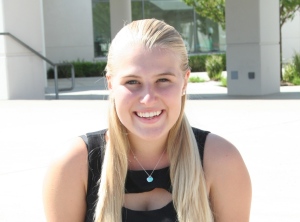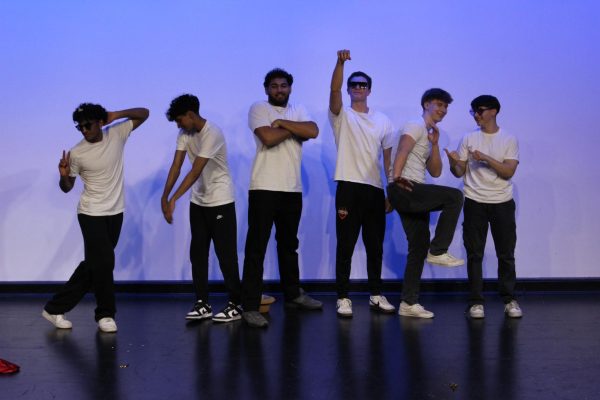Apps blocked on district Wi-Fi
Snapchat, Netflix join Facebook and Instagram as forbidden on campus
It has been a well-known fact at Cal High that Facebook and Instagram have been long blocked on the district-wide Wi-Fi used in the school systems.
But Snapchat and Netflix were recently added to these blocked apps on the “SRVUSD-BOYD” network, leaving some students disgruntled.
Senior Kassie Kochan used to regularly watch Netflix on her phone during her TA period. Now with it blocked on the Wi-Fi, she must use her own data.
“I still use it, just with my own data,” Kochan said. “But I have unlimited data so I still do it.”
Teachers use the same BYOD Wi-Fi network as students, but their teacher login allows them to access apps that are restricted for students, such as Facebook, Instagram and Netflix.
“Teachers and administrators have different network settings than students, but the settings apply to all networks, wired or wireless,” said Elizabeth Graswich, the district’s director of communications and community relations.
It can be useful for teachers to access student-restricted websites. For example, history teacher John Chilcott uses Netflix in his classroom.
“Netflix usually does have good historical documentaries,” said Chilcott, who was unaware that students are now unable to access Netflix on the Wi-Fi.
According to an editorial in the March 2012 issue of The Californian, there was a network called “SRVUSD-Student” that was discontinued when students were abusing their Internet privileges “by checking out school-inappropriate content and going on Facebook.”
It also said that “administrators were also hoping to stop phones from being a classroom distraction.”
Chilcott believes phones have a time and place to be used during the school day.
“If you’re on your phone at brunch or lunch, it’s your free time, [students] should have access,” he said. “I also think there’s a legit usage for phones in class.”
In the fall of 2013, there was a new network, “SRVUSD-BYOD” (Bring Your Own Device) which students could only log onto by using the same username and password needed to access a school computer.
The BYOD network is the most dependable and widely used by students across the school district.
On the district’s website, there is information regarding site device connectiviy and personal student devices. It states that “[The BYOD Wi-Fi] service will provide access to filtered Internet access for the guest device.”
Graswich said the system administrator and network specialists are responsible for managing the content filter.
“They have the ability to block or unblock services or web sites,” said Graswich.
The district uses Lightspeed Systems as a content filter, but is in the process of selecting a new filter to replace it within the next year.
“All school districts are required by federal and state law to filter web content on K12 district networks,” Graswich said.
The district webpage also noted that personnel should be “keenly aware” that each personal device with wireless connection uses a site IP address.
This is how Senior Neel Baronia believes he was caught illegally accessing movies and given a Monday school.
“They can see who’s connected to the Wi-Fi and what they’re using it for,” Baronia said. “In my case, they could see I was using it for something I shouldn’t. I was using it for torrenting.”




